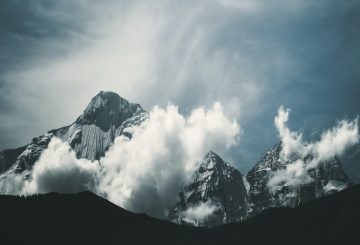국립 수자원 및 대기 연구소 (NIWA) 의 자료에 따르면 뉴질랜드는 기록이 시작된 이래 가장 더운 9월을 보냈습니다.
이 달의 평균 기온은 11.9도로 1991년부터 2020년까지 9월 평균보다 1.3도 높았습니다.이로써 9월은 1909년 이후 가장 따뜻한 9월이 되었습니다.
북섬의 와이로아 (Wairoa) 는 지난달 29.6도의 기온을 기록했는데, 이는 9월 사상 최고 기온을 기록했습니다.6개의 주요 중심지 중 오클랜드가 가장 따뜻했습니다.
그러나 9월이 되자 사우스랜드, 오타고, 캔터베리, 와이라라파 해안, 기즈번, 베이 오브 플렌티, 와이카토, 오클랜드 등 여러 지역에 폭우가 쏟아졌습니다.이들 지역의 강우량은 평소의 120% 에서 149% 이상이었습니다.반면 허트 밸리, 카피티 해안, 마나와투-황가누이, 혹스베이 남부, 뱅크스 반도 같은 지역은 일반적인 강우량의 50~ 79% 에 불과했습니다.
지난 주 NIWA는 엘니뇨의 발병을 발표했습니다.이 현상으로 인해 향후 3개월 동안 상당한 기온 변동이 발생할 것으로 예상됩니다.뉴질랜드는 남극의 강추위로 인해 산발적으로 따뜻한 날씨가 계속될 것으로 예상됩니다.
국립 산불 및 비상사태 담당 관리자인 팀 미첼 (Tim Mitchell) 은 이러한 상황으로 인해 화재 위험이 고조될 수 있다는 점을 대중에게 알렸다.크리스마스가 다가옴에 따라 강우량이 줄어들면 이 나라는 더 높은 산불 위험에 직면할 수 있습니다.그는 일반 대중에게 초목 개간, 물 공급 관리, 배수구 청소, 안전 계획 수립 등의 예방 조치를 취하라고 조언합니다
.




























































